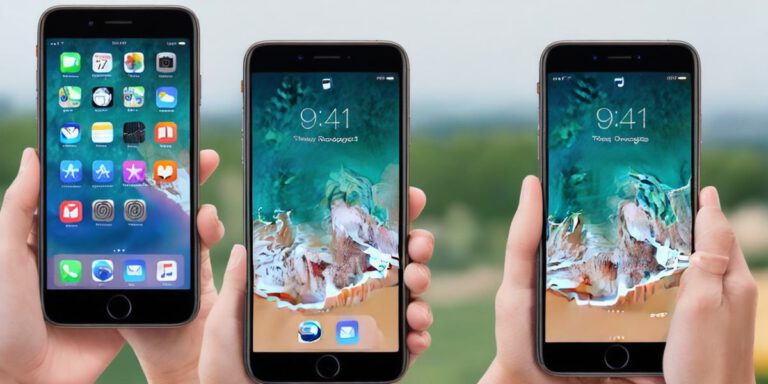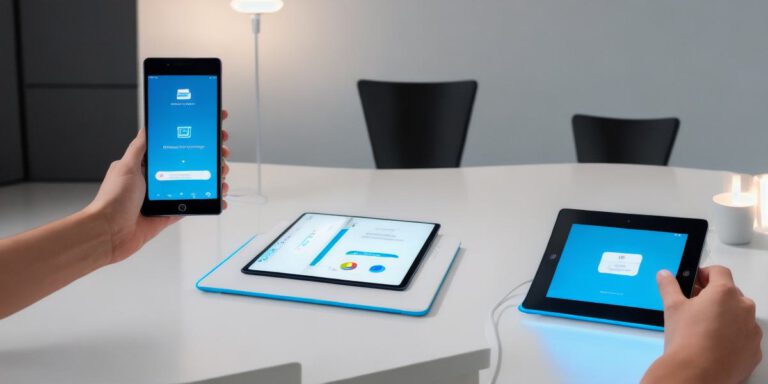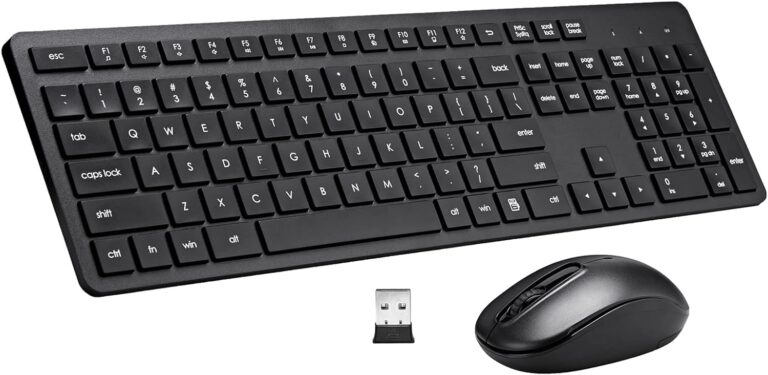Exploring the Potential of ARKit for E-Commerce and Retail Experiences

Augmented Reality (AR) has revolutionized the way we shop by providing immersive and interactive experiences. With the advent of Apple’s ARKit, businesses in the e-commerce and retail sectors have gained a powerful tool to enhance customer engagement and drive sales. In this article, we will explore the potential of ARKit for e-commerce and retail experiences, highlighting its benefits and how businesses can leverage this technology to create innovative and captivating shopping experiences for their customers.
- Virtual Product Try-On: ARKit enables customers to virtually try on products before making a purchase. Whether it’s clothing, accessories, or cosmetics, ARKit uses the device’s camera and advanced tracking capabilities to overlay virtual items onto the user’s body or face. Customers can see how products look and fit in real-time, eliminating the need for physical try-ons and reducing the chances of returns. This immersive experience enhances customer confidence and satisfaction, leading to increased conversions and reduced product return rates.
- Visualizing Furniture and Home Decor: ARKit allows customers to visualize furniture and home decor items in their own space. By placing virtual objects in the real-world environment, customers can accurately assess how a piece of furniture or decor item would look in their home before making a purchase. They can experiment with different styles, colors, and sizes, helping them make informed decisions. This capability not only improves the shopping experience but also reduces buyer’s remorse and the likelihood of product returns.
- Interactive Product Demonstrations: ARKit enables businesses to provide interactive product demonstrations using augmented reality. Customers can use their devices to scan product packaging or QR codes and access virtual demonstrations and additional information about the product. They can view 3D models, animations, and interactive features that showcase product functionality, helping them understand the product better. Interactive demonstrations create a memorable and engaging experience, driving customer interest and facilitating informed purchase decisions.
- Virtual Showrooms and Retail Spaces: ARKit allows businesses to create virtual showrooms and retail spaces within their mobile apps. Customers can browse and explore a virtual store environment, complete with virtual shelves, displays, and product information. They can navigate through the space, interact with products, and make purchases directly from the app. Virtual showrooms provide an immersive and convenient shopping experience, eliminating physical constraints and expanding the reach of businesses.
- Personalized Recommendations: ARKit can integrate with machine learning algorithms to provide personalized product recommendations based on customer preferences, browsing history, and purchase behavior. By leveraging ARKit’s capabilities, businesses can overlay virtual product suggestions onto the user’s real-world environment. This personalized approach enhances customer engagement, increases cross-selling and upselling opportunities, and boosts customer loyalty.
- Enhancing In-Store Experiences: ARKit can be used to enhance in-store experiences by providing interactive AR features within physical retail spaces. Businesses can use AR to display additional product information, reviews, and ratings when customers scan product labels or barcodes. AR-powered signage and displays can offer virtual guides, promotions, and interactive content to captivate and engage customers while they browse physical stores. This integration of AR into physical retail spaces creates a blended shopping experience that combines the convenience of online shopping with the tangibility of in-store shopping.
Conclusion: ARKit offers tremendous potential for transforming e-commerce and retail experiences. By leveraging ARKit’s capabilities, businesses can provide virtual product try-ons, visualize furniture and home decor, offer interactive demonstrations, create virtual showrooms, provide personalized recommendations, and enhance in-store experiences. These immersive and interactive features drive customer engagement, boost conversions, reduce returns, and enhance customer satisfaction. Embracing ARKit can give businesses a competitive edge in the ever-evolving e-commerce and retail landscape, providing unique and captivating shopping experiences for their customers.










